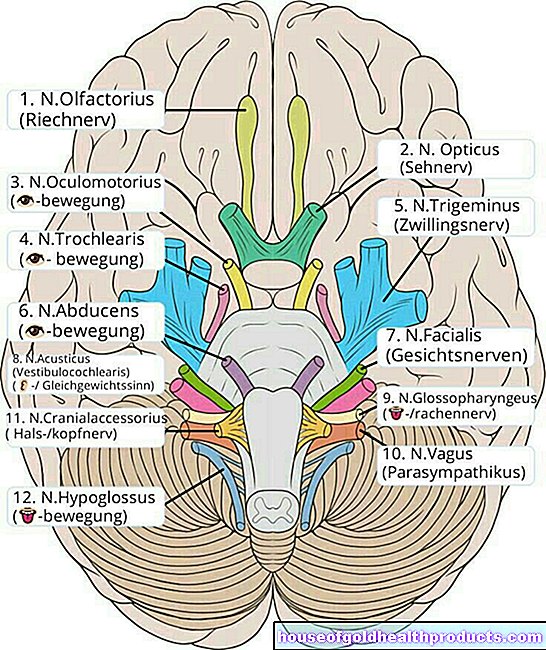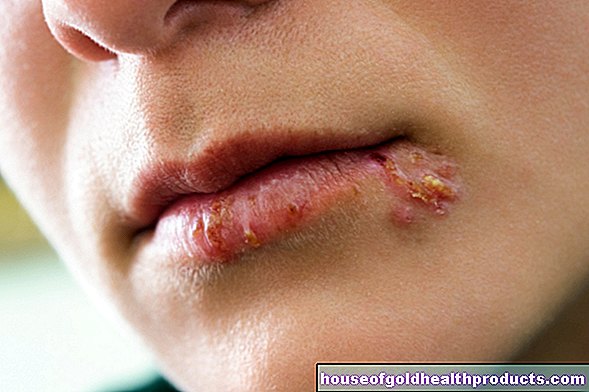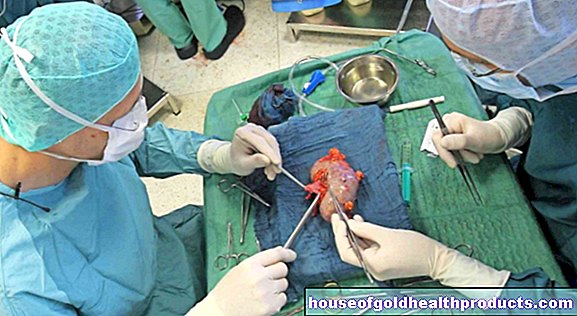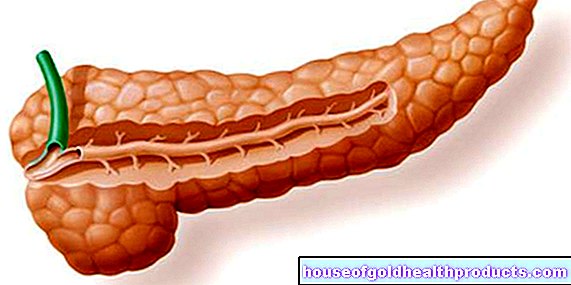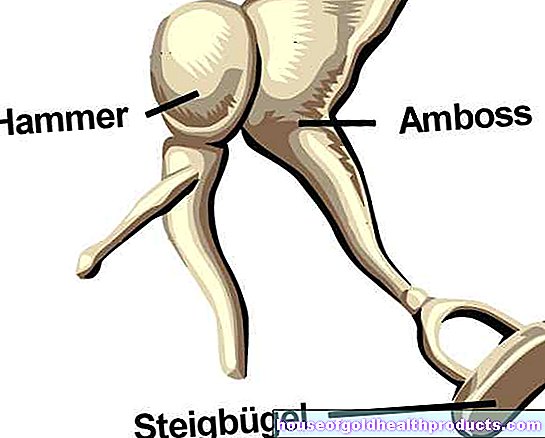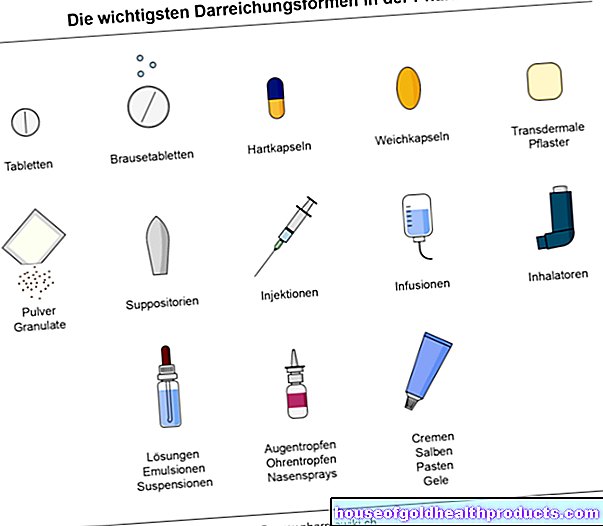Capillaries
Nicole Wendler holds a PhD in biology in the field of oncology and immunology. As a medical editor, author and proofreader, she works for various publishers, for whom she presents complex and extensive medical issues in a simple, concise and logical manner.
More about the experts All content is checked by medical journalists.When we talk about capillaries, we usually mean the blood capillaries. In addition to veins and arteries, they are the third type of vessel in the bloodstream. The small, finely branched blood vessels form the transition between veins and arteries. Read here how the capillaries are structured and what tasks they perform!
What are capillaries?
In addition to the veins and arteries, the capillaries are the third type of vessel in the bloodstream. They only make up around five percent of all blood vessels in the body (veins: 75 percent, arteries: 20 percent). The wafer-thin vessels form a finely branched closed capillary network (rete capillare) over a total length of an estimated 100,000 kilometers. The more oxygen a tissue needs and the more metabolically active it is, the denser its network of capillaries. The brain, lungs, skeletal muscles and heart are pervaded by numerous of these wafer-thin vessels. Tissues with a slow metabolism, such as tendons and ligaments, on the other hand, have only a few capillaries. There are also areas in our body that do not have any capillaries and are only supplied with nutrients by diffusion from the surrounding tissue, such as the articular cartilage in the knee, the heart valves and the lenses of the eyes.
Structure of the capillaries
With a diameter of only five to ten micrometers (µm), the capillaries are sometimes smaller than the red blood cells (seven to eight µm), which therefore have to deform a little in order to get through the fine vessels.
The wall of the capillaries does not consist of three layers as in arteries and veins, but only of one layer of endothelial cells (epithelial cells). From the outside, it is reinforced by the basement membrane (found everywhere in the body at the borders between epithelial tissue and connective tissue) and pericytes (branched cells, the function of which is controversial).
Depending on the fine structure of the wall, three types of capillaries can be distinguished:
- Continuous capillaries: closed endothelial layer, completely surrounded by basement membrane; Occurrence: skin, lungs, heart, brain, spinal cord, skeletal muscles
- Fenestrated capillaries: endothelial layer with pores (20 to 80 nanometers, thin basement membrane; occurrence: gastrointestinal tract, kidneys, endocrine glands
- Discontinuous capillaries (sinusoids): gaps (two to five nanometers) in the endothelial cell layer and basement membrane; Occurrence: bone marrow, liver, spleen
The tasks of the capillaries
The walls of the capillaries are permeable to certain substances, gases and liquids - especially the discontinuous vessels. The widely branched capillary network enables gas and substance exchange between the blood and the surrounding tissue. For example, oxygen, nutrients, metabolic products, water and inorganic ions can migrate from the blood into the space between tissues / cells (interstitium) and vice versa. Exceptions are blood cells and large protein bodies, the wall of the fine vessels is too dense for them.
The right pressure conditions ensure the exchange in the right direction: If there is a difference in concentration between plasma and interstitium for a substance, it moves in the direction of the concentration gradient, i.e. to where there is less of it.
In addition, the conditions on the capillary walls are extremely favorable: the fabrics have a lot of space and a lot of time. Due to its fine branches, the capillary network has a large overall cross-section (about 800 times larger than the cross-section of the aorta) and the blood flow slows down to 0.3 millimeters per second (aorta: 320 millimeters per second).
The walls of the fine vessels are therefore vigorously filtered and absorbed. Around 20 liters are filtered off into the interstitium every day, of which around 18 liters are absorbed into the capillaries and venules. The remaining two liters get back into the blood via the lymphatic system (lymphatic system).
Capillaries: diseases and ailments
If the permeability of the capillaries is disturbed, blood or blood components can escape from the vascular system into the surrounding tissue. In this way, for example, edema and petechiae (punctiform skin and mucous membrane bleeding) develop.
Capillary leak syndrome is a rare, serious disease in which the permeability of the fine vessels is increased. Characteristic symptoms are episodes of low blood pressure, edema and low blood volume (hypovolaemia). The cause of the disease is unknown, so it can only be treated symptomatically. The prognosis is bad.
Other health problems in the area of the capillaries are, for example, malformations, cracks (ruptures), thromboses and embolisms.
Tags: vaccinations teenager stress




